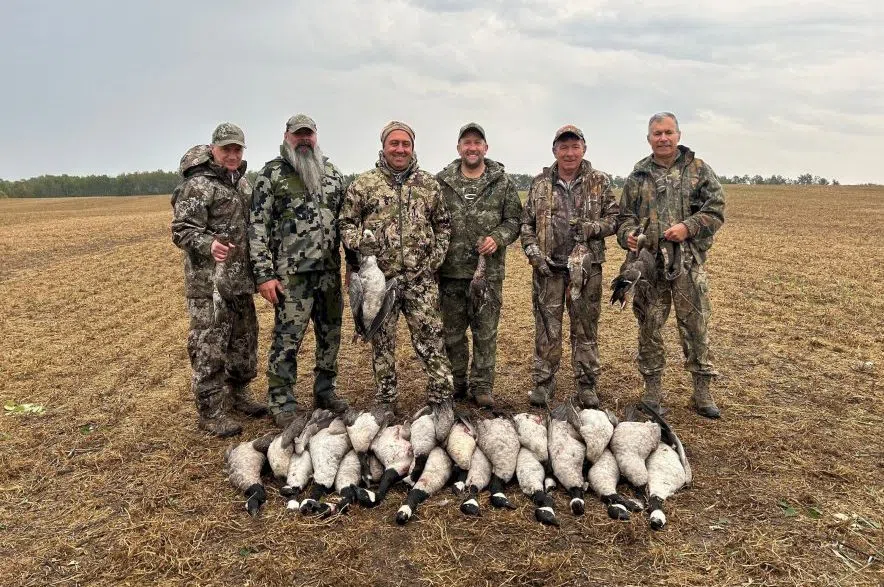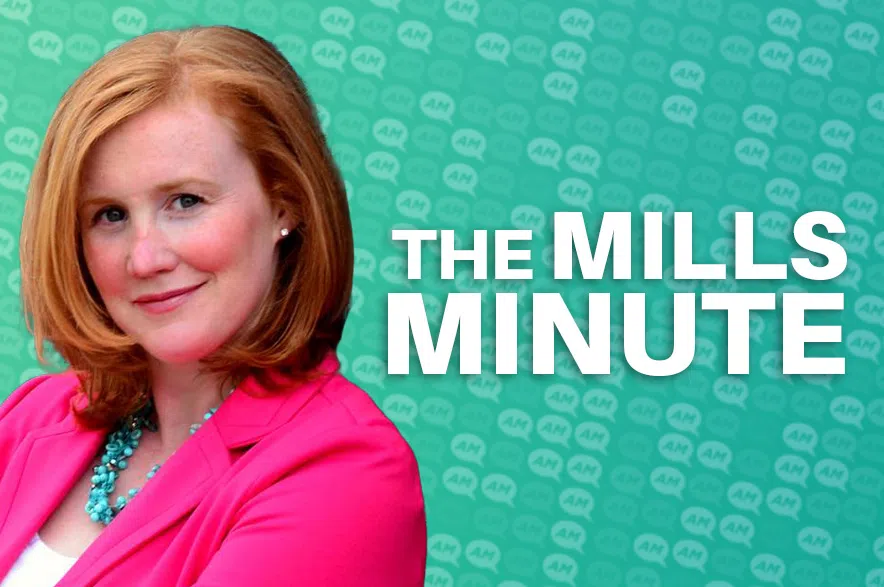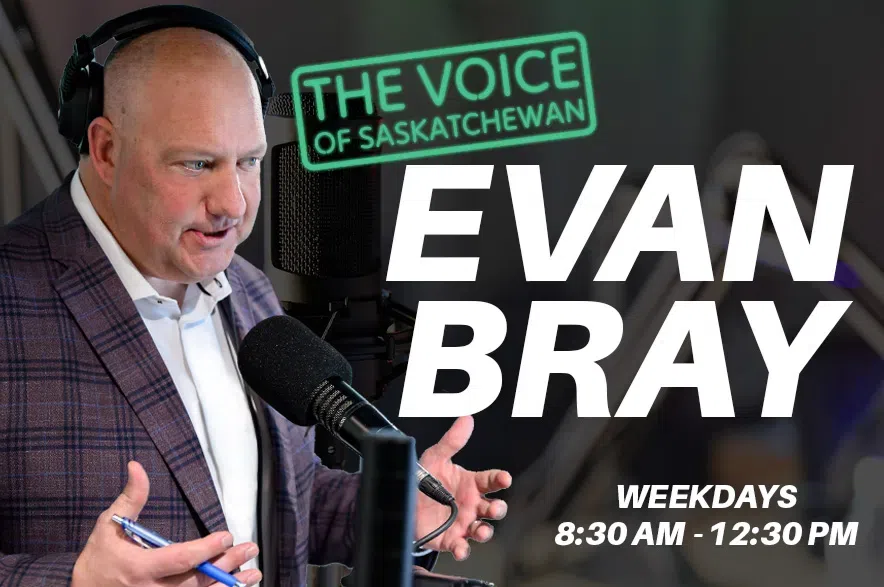LEOVILLE, SASK. — Before the sun touches the treeline, a truck is already rumbling down a gravel road, decoys loaded in the back, headlights bouncing as it rolls over field stubble.
The prairie is still sleeping, but Devin Beebe is not.
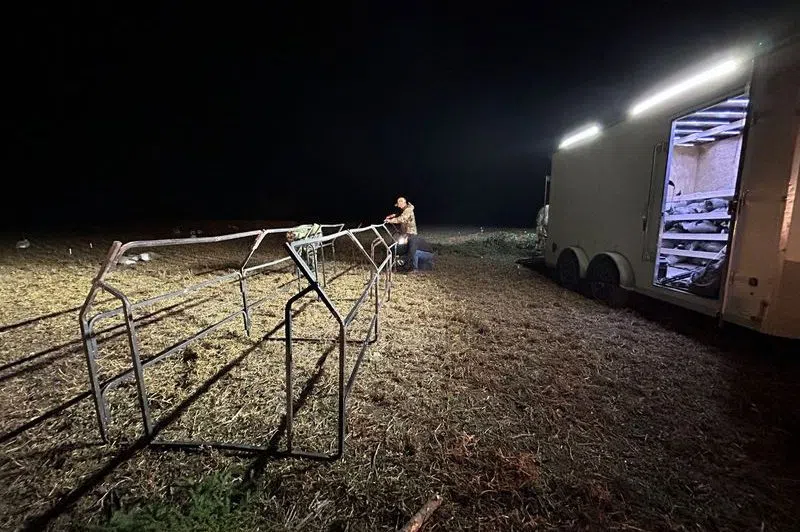
The A-frame blind gives hunters cover. Its position is adjusted to wind direction — one of many small details that can make or break a hunt. (Brittany Caffet/650 CKOM)
His day begins long before dawn and won’t end until the stars return — not only because he’s chasing birds, but because he’s chasing certainty in a business that offers none. Outfitting, despite its long-standing traditions, is a gamble.
The risk: long hours, relentless pressure and the unpredictable instincts of wild animals. The reward: if everything aligns, a perfect shot, a photo in the field and the rare satisfaction of outsmarting nature itself.
Read more Saskatchewan Stories from Brittany Caffet:
- ‘Wow, this is hard’: The joyful struggle of learning the bagpipes
- Poems for $1: Meet the Saskatchewan girl selling kindness by the line
- Superstitions at play: Saskatchewan Roughriders share their gameday rituals
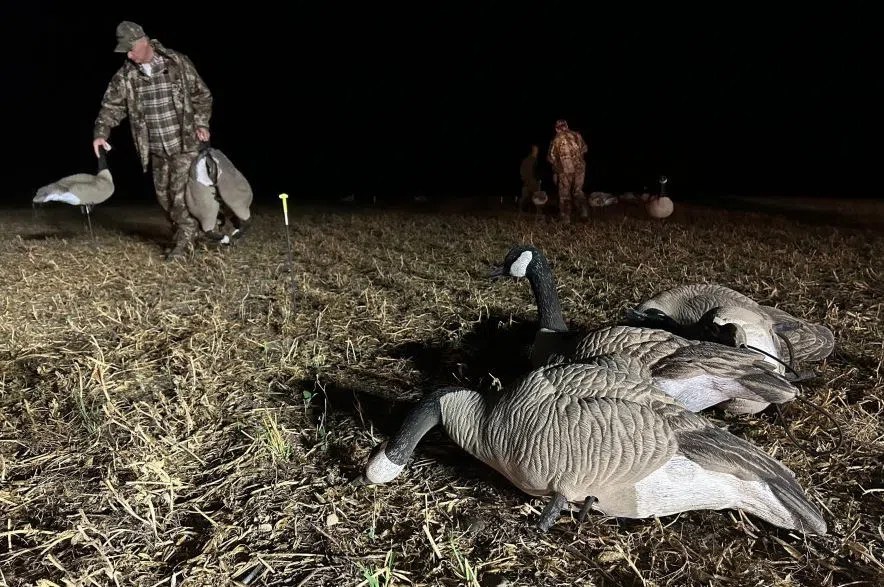
Decoys go out before sunrise, placed under the glow of headlamps and headlights. It’s one of the first steps in creating a believable setup. (Brittany Caffet/650 CKOM)
For Beebe, owner of Timberlost Outfitting, every hunt is a delicate balance of strategy, intuition and luck.
And luck, he’ll be the first to admit, is always the wild card.
Listen to the story on Behind the Headlines:
“Everybody has their little thing that they do,” he said — a special call, a scent or a camouflage pattern they swear by.
“You try to just increase your odds. But I still think you’ve just got to be in the right area. And you still need to get lucky.”
Still, luck doesn’t wake up at 4:05 a.m. Luck doesn’t scout fields every evening, watching birds leave their feeding grounds ahead of the morning hunt. Luck doesn’t carefully angle blinds with the wind or study the graying feathers of juvenile geese to know which flocks might be easier to fool.
That’s Beebe’s job.
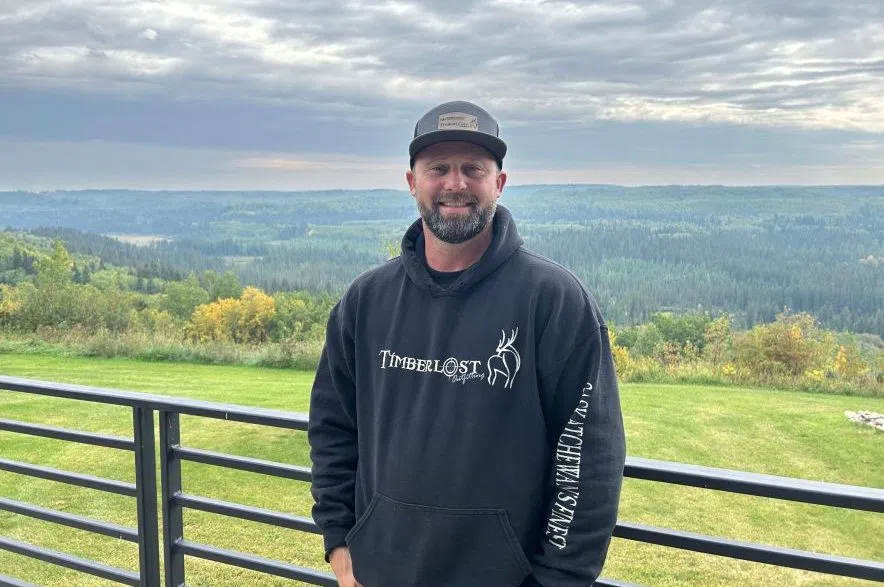
Devin Beebe has been in the outfitting industry for more than a decade — long enough to know that no amount of preparation guarantees birds. But preparation is still his job. (Brittany Caffet/650 CKOM)
First light
A typical day at Timberlost starts with coffee and quiet movement around the lodge while most of the world is still dark.
By 4:30 a.m., Beebe is loading his gear and his clients into trucks. The drive to a field might take five minutes or an hour, depending on where the birds are feeding and where permission has been secured from local landowners.
Decoys – dozens, sometimes hundreds of them – are set up by the glow of headlamps and headlights. Full-body geese on stakes and spinning-wing robo ducks powered by batteries are carefully arranged to imitate the chaos of a real flock landing.
Then comes the blind: an A-frame structure camouflaged with grass and brush, positioned to take full advantage of the wind direction.
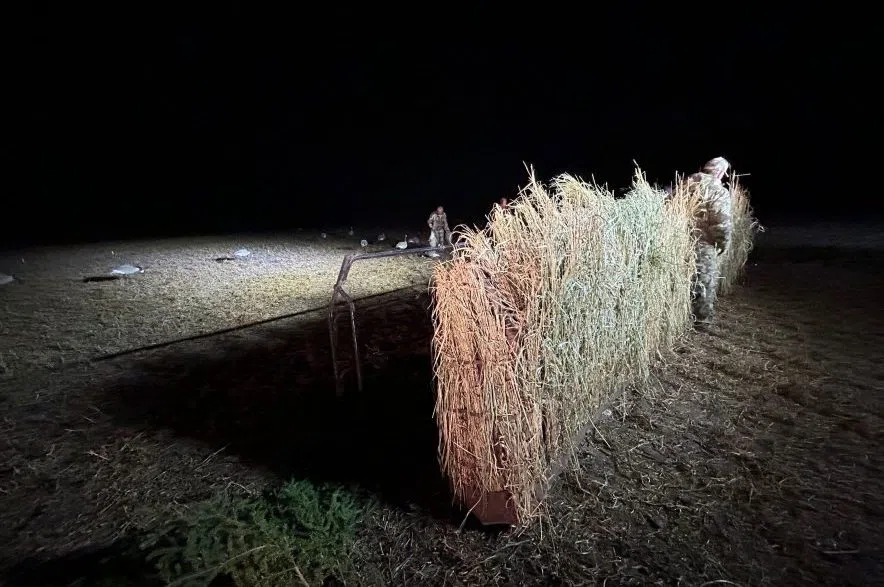
Grass-covered netting and tree branches hide the blind, helping it disappear into the landscape. Even a single unnatural line can spook wary birds. (Brittany Caffet/650 CKOM)
By first light, everyone is tucked in and quiet. This is when the real game begins.
Sometimes the birds come in hot, wings cupped, right into the spread. Sometimes they flare, spooked by movement, a shiny shell casing or an unnatural shape in the field. In those moments, Beebe watches closely. If two flocks in a row flare, he knows something’s off.
“You’ve got to figure out what’s wrong and try to fix it,” he said. “Maybe I move some decoys. Maybe someone’s peeking their head up too much. Could be anything small. Once everything’s going good, then it’s an accomplishment — that feeling like, ‘OK, we tricked them.’”
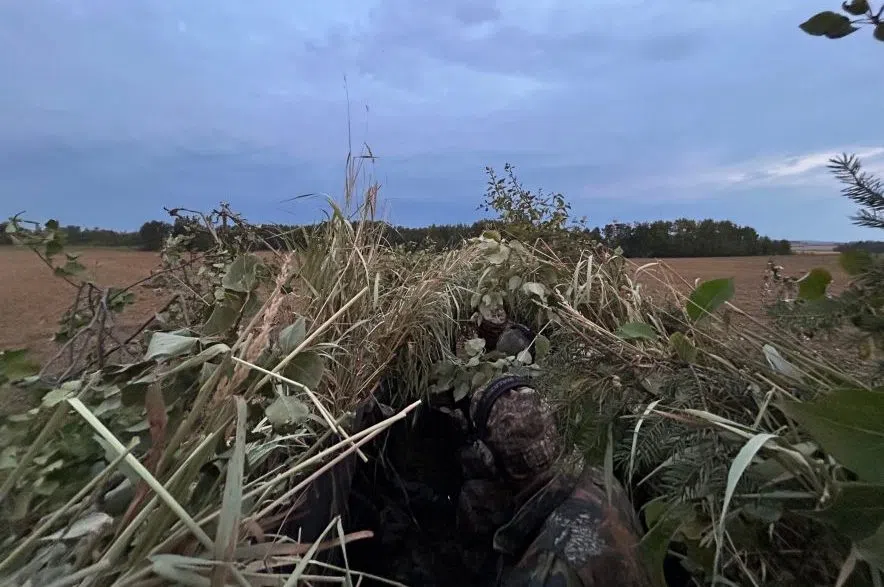
Once the blind is set, the group sits and waits. Hunts can last hours, with long stretches of quiet between brief flurries of action. (Brittany Caffet/650 CKOM)
For seasoned hunters, that moment is the payoff. But even first-timers get hooked — sometimes for reasons that have nothing to do with pulling the trigger.
Dino, a client from Toronto and one of the few Canadians hunting with Beebe this season, had never fired a shotgun before arriving at Timberlost.
“I don’t even think I hit anything,” he said, laughing. “But it didn’t matter. The sunsets, the rain, the banter in the blind — all these little things added up to an incredible experience.”
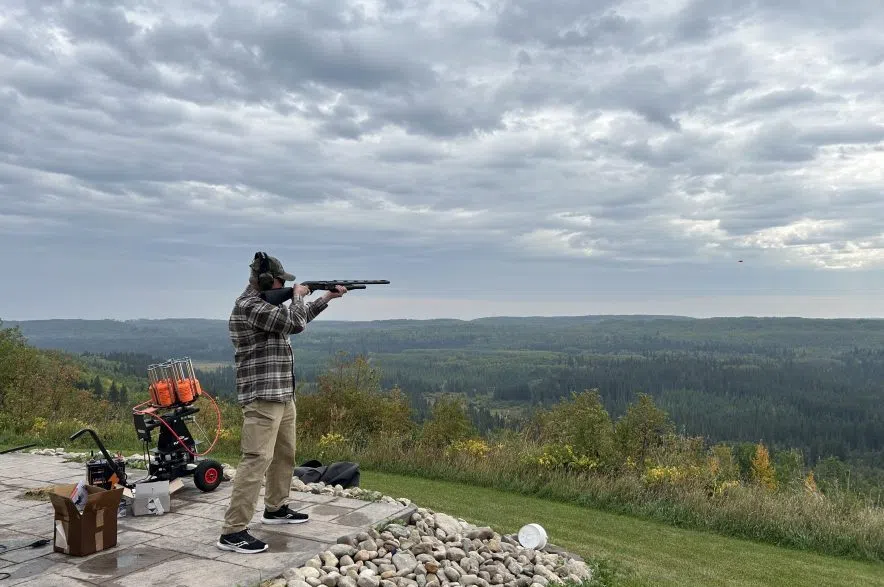
After the morning hunt, some nap while others wind down with skeet shooting. For new hunters like Dino, it’s a way to stay in rhythm — and maybe land a few more clay birds than real ones. (Brittany Caffet/650 CKOM)
Midday hustle
Once the morning hunt wraps up, clients head back to the lodge for breakfast and a nap. But not Beebe.
He spends the lull between shoots checking gear, reviewing field conditions and planning for the evening. If needed, he’ll visit landowners or chat with neighbouring outfitters to avoid overlaps.
It’s also when he scouts again — watching where birds are flying, feeding and roosting. He pays attention to the age of the flocks and how they react to wind, sound and pressure. It’s part instinct, part experience.
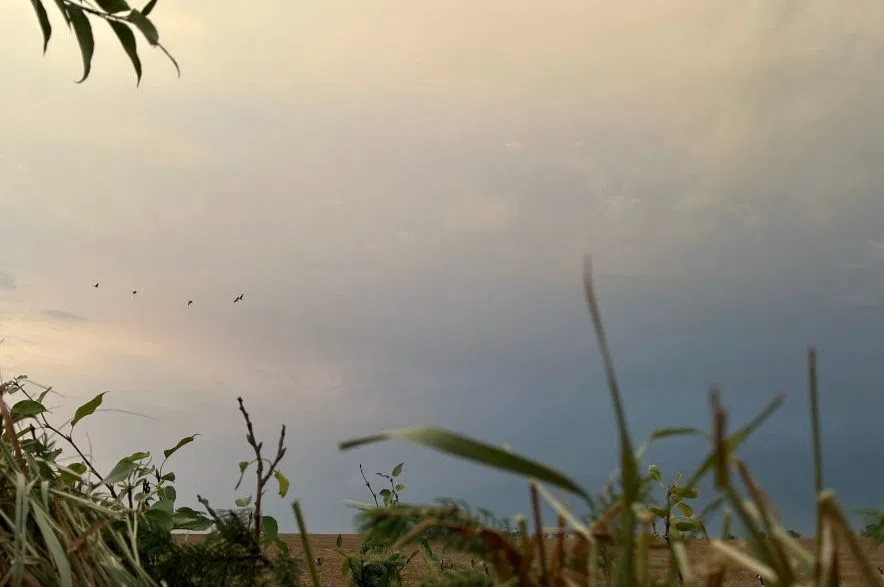
The moment of hope. Birds circle high above the decoy spread, testing the setup, the wind and the stillness of the hunters below. (Brittany Caffet/650 CKOM)
Over the years, Beebe said he’s learned that adapting to birds is only half the battle. The other half is adapting to his clients.
“Everybody’s just getting a little softer,” he joked. “And so am I. We used to have our tree stands just up in a tree. (The hunters) were sitting out in the cold for like 10 hours. Now we all have ground blinds with heaters.”
And clients want connectivity now — Wi-Fi and cell service. But the heart of the job is the same.
“It’s still a people business,” Beebe said. “They’re on vacation, and we just want to provide them with everything for them to have a good time.”
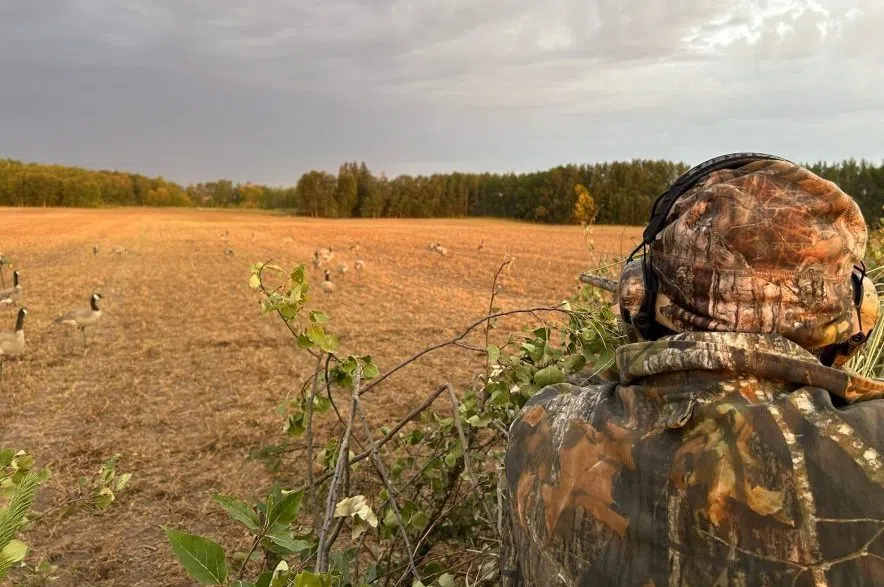
Even a small movement in the blind can flare birds. Beebe and his guides watch for those details and make adjustments on the fly. (Brittany Caffet/650 CKOM)
Even so, it’s an industry filled with pressure. And the variables don’t always co-operate.
“All I can control is how clean my lodge is, how good the food is (and) if my trucks run,” Beebe said. “I can’t control the animals, and that’s the stressful part.”
Still, Saskatchewan delivers again and again. The province’s outfitting industry brings in hundreds of millions of dollars each year as hunters fill restaurants, motels, gas stations and general stores. In small towns like Leoville, it keeps families afloat.
“There’s four outfitters in a town of 400,” Beebe said. “That tells you something. If you don’t like hunting or fishing, you probably don’t like Saskatchewan.”
Evening in the field
As the sun dips low and the sky shifts gold, it’s back to the blinds. Geese often return to feed before nightfall, and every element still matters — wind, decoys, concealment and timing.
For Beebe, the evening hunt is more than a bonus round; it’s a second chance to solve a moving puzzle.
“At the end of the day, all hunting is still a gamble,” he said. “You do all the little things to get the odds in your favour, but the birds still have to play along.”
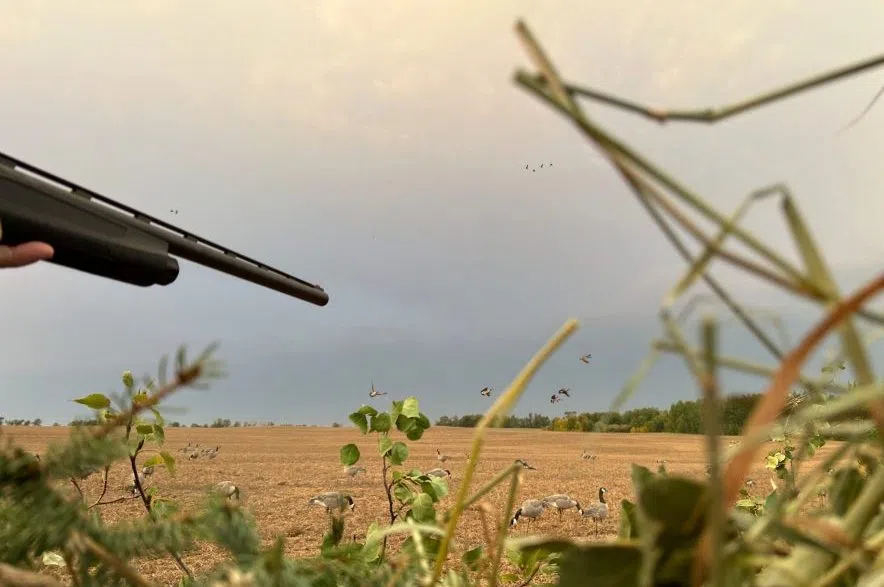
When birds are within range, hunters rise and shoot on the guide’s call. Everyone waits for the right moment. (Brittany Caffet/650 CKOM)
When the shooting ends, the day doesn’t. Birds need cleaning, gear needs stowing and guests need hosting. The lodge fills with the warmth of shared stories — missed shots, unexpected moments, photos on phones passed around over dinner.
Only once the guests begin to fade does Beebe sit down, pull out the maps, check the forecast and think through tomorrow. He tracks what the birds did today and tries to predict what they might do in the days to come.
Then he sets the alarm for 4:05 a.m. and tries to get some sleep before doing it all again.
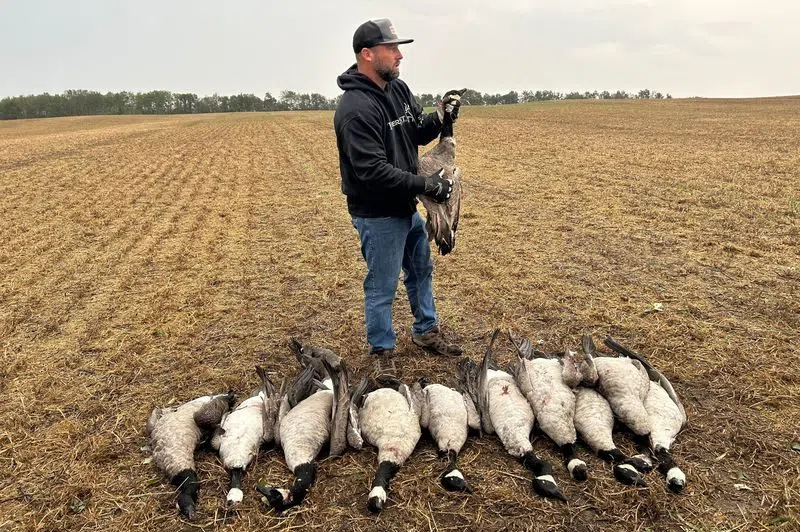
Beebe cleans the birds after each hunt. The meat is donated or shared locally — nothing goes to waste. (Brittany Caffet/650 CKOM)
Betting on Saskatchewan
What Beebe offers his clients isn’t certainty; it’s preparation and persistence.
Clients come from all over: the U.S., Denmark, Hungary and across Canada. Some are young freelancers. Others are in their 80s and back for the 10th year in a row.
“There are all kinds of states with waterfowl and big game,” Beebe said, “but they’re picking Saskatchewan. We want to market it as the best place to come waterfowl hunting, the best place to come deer and bear hunting. As an outfitter, we want to send everybody home believing that.”
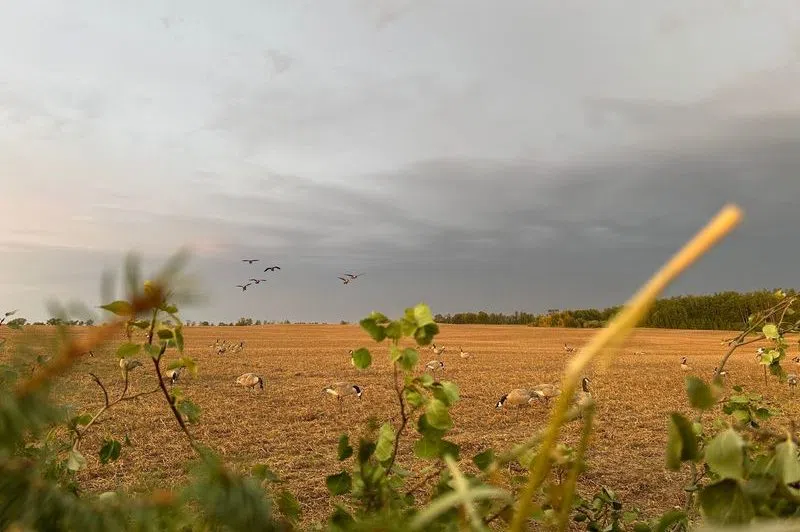
When everything goes right — wind, concealment, positioning — birds commit. Wings cupped, feet down, they land just where Beebe wants them to. (Brittany Caffet/650 CKOM)
That pride in the province resonates with clients, too — even those who never expected to feel it.
“Landing in Saskatoon from Toronto, I remember saying to the people at the airport ‘I wish I got this kind of welcome everywhere,’” Dino said. “Then, driving past these massive farms, I realized this isn’t just a place to hunt; this is a place that helps feed the world.”
For those willing to roll the dice, the province offers more than a hunting trip. It offers a perspective you can’t get anywhere else.
Beebe is adamant that if you’re going to gamble on the wild, Saskatchewan is where you go all in.
